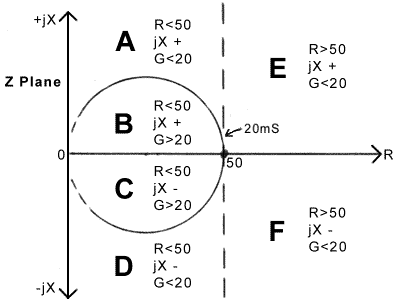Very well noted! Actually selection of tuner architecture should lie in the character of the load itself. Sometimes specific loads will cause much losses in T-networks, and some will not be tunable at all with L-networks, requiring massive amounts of capacitance/inductance to transform the impedance successfully back to 50+j0 ohm. This means, that one has to define where in the impedance plane the load lies, and then use the appropriate network to get it home. And this cannot be done using just an reflection bridge and calculating SWR. It actually means absolutely nothing impedance-wise, but it's simple and cheap to measure, so we use it. Ideally one would have 3 detectors - resistance, phase and conductance, so the choice of network topology can be clear and unambiguous - and with the lowest losses for each part of the impedance plane.?
There is a very good set of articles by David Knight about this -?

Going back to the ATU-XXXX series of ... well ATU's... they use only SWR for matching, and while this is acceptable for L-networks, having only one optimal solution for each load transformation, consisting of a single set of L and C values, T-networks have one solution with highest Q and lowest losses, and possibly 5-6 other solutions, which will also transform the impedance to 50+j0, but will waste our precious power as heat up to 60-70% in some cases. One other topology, that has only one optimal solution, that can be detected with just an SWR meter is the Differential-T network, where you have handicapped the T-network, by tying together the two capacitors in one differential (butterfly) variable capacitor. This robes one of the degrees of freedom from the T-network, but will allow to get only one tuning solution with some losses.
Actually all popular networks are very well described in Part 2 of the above article - enjoy!